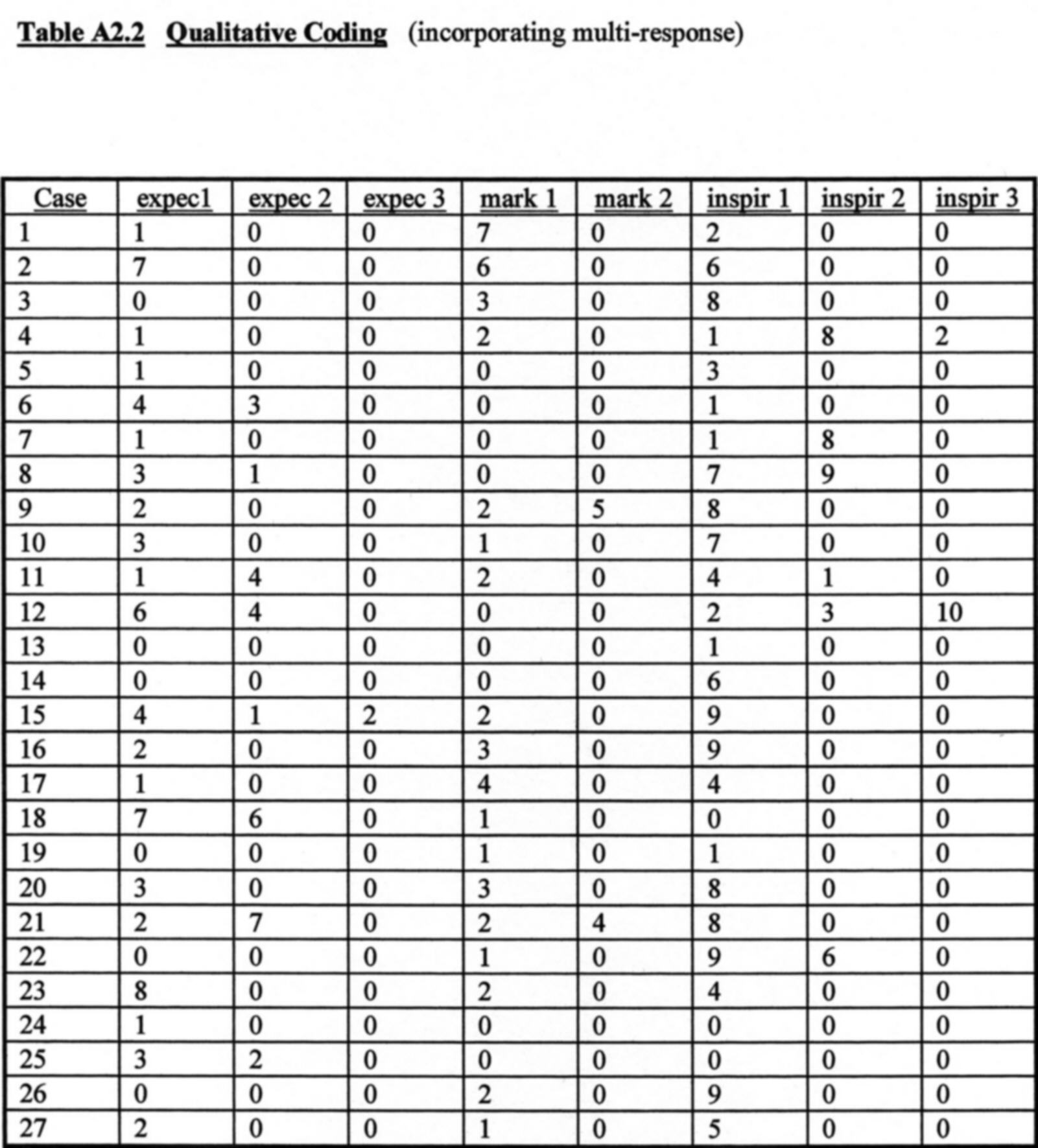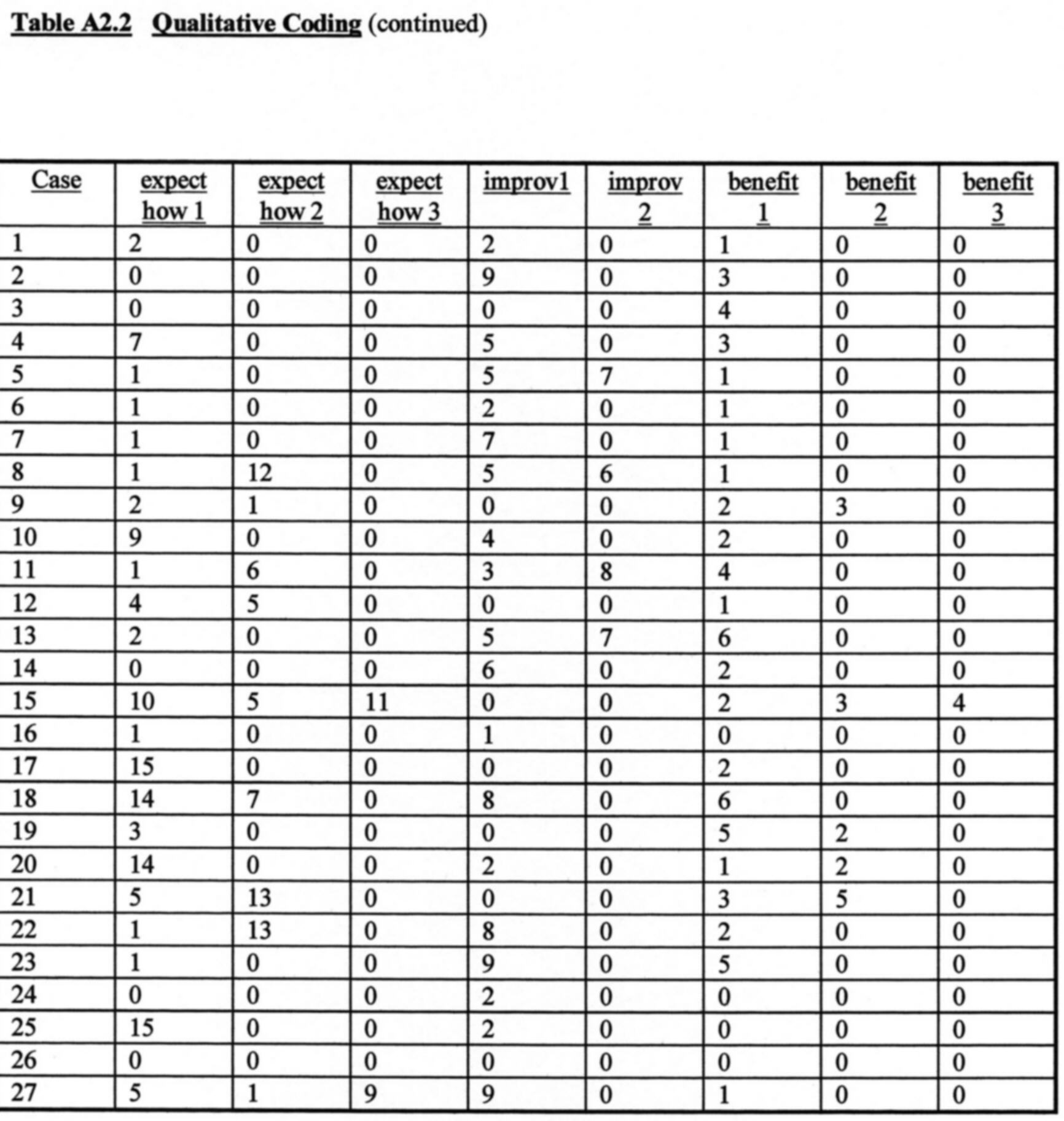Melvyn Penn
Tintagel Visitor Centre (059883) [NB numbers refer to OS map references]
"What Tintagel has lacked in the past is a central point for information about what to do and see in the area ". (North Cornwall District Council, 1999b:4) [click here for references]
Borrowing from neighbouring Boscastle, Tintagel Visitor Centre was officially opened on June 25th, 1999. The Centre is funded through the District Council and the South West Regional Development Agency. The building is designed from wood and local Trevillet slate and it houses an interpretative display with descriptive information panels about Tintagel. The Centre aims to cater for 150,000 visitors annually (Tintagel Regeneration Forum et al, 1998).
King Arthur's Great Halls (057884)
"Everything in these Halls is based upon the Arthurian Romances; the whole of it's symbols are directly associated with King Arthur and the Knights of the Round Table" (The Sword in the Stone Ltd, 1991).
Frederick Thomas Glassock was a millionaire on a mission. A partner in Monk & Glass Custard, Glassock retired to Tintagel during the 1920s and was so inspired by the King Arthur connection that he founded an Order of the Fellowship of the Knights of the Round Table to keep the legend alive.
King Arthur's Hall was constructed in 1929 and the adjoining Hall of Chivalry was completed in 1933. The Great Halls are built of Cornish granites and are a listed Grade II building, privately owned. The Hall of Chivalry contains 73 stained glass windows that depict the deeds of the Knights and their Coats of Arms, while at King Arthur's Great Hall, visitors can witness a copy of King Arthur's Round Table and a laser light show that informs of the legend.
Old Post Office (056884)
"One of the most photographed buildings in Cornwall" (Tintagel Traders Association, 1997)
Originally a 15th century Manor House, it operated as a postal receiving service from 1844-1895. In 1900 the building was purchased by the National Trust and has been restored to it's 19th century glory. It is now a Grade I listed building and a visitor attraction but the real post office can be located further down Fore Street, near to the Visitor Centre.
King Arthur's Castle Hotel (054890)
"A contemporary advertisement proclaims: It stands on the spot where Tennyson received his inspiration for the Idylls of the King, a Palace by the Sea" (National Trust, 1997:10).
The hotel was built on Fire Beacon Cliff in the 1890s for William Taylor. It was to act as the terminus of the North Cornwall Railway, which Taylor planned to extend from Camelford to capitalise on the tourist boom. The scheme never took off and the threat posed by the location of the hotel on the cliff led to a public appeal. It resulted in the purchase of Barras Nose in 1895 by the National Trust, an independent charity organisation, which became their first coastal property in England.
Tintagel Castle (049889)
"Whatever the answers, Tintagel Castle...remains one of the most spectacular and romantic spots in the British Isles (Tintagel Traders Association, 1997).
It is not really known quite why Tintagel Castle was built. Situated partly on the mainland and partly on Tintagel Island, it was constructed in 1233 by Earl Richard of Cornwall on a site that was already famed for its natural defences - Din Tagell, the Fortress of the Narrow Entrance. These steep cliffs already contained some former Dark Age defences and none of the three ancient Cornish routes passed anywhere near Tintagel. Indeed, it is questionable whether a military attack has ever taken place at this site.
A more likely purpose is that the Castle was constructed as a symbolic status to consolidate Earl Richard's position of authority. It also coincided with the popularity of Geoffrey of Monmouth's (1136) 'History of the King's of Britain', which claimed that King Arthur had been conceived at this very site. It is as if the Earl wanted to show everyone that he was a successor to King Arthur.
Little use was made of the Castle
and it eventually fell into ruin. It would undoubtedly have fallen
into even greater decay but for the romantic movement. The Castle's
spectacular setting was captured in Turner's 19th century paintings and,
much later, in 1979 it provided the scene for a film version of Dracula.
The Castle is still held by the Crown, the Duchess of Cornwall, but in
1929 it's upkeep was transferred to government agencies and it is now managed
by the English Heritage. They undertake restorations to the Castle
and provide interpretative display boards around the site.
In 1997, Tintagel Castle was the
18th most visited attraction with admission charge in the West Country,
receiving 185,000 visitors (North Cornwall District Council, 1998).
It is anticipated that the proposed improvements to the Castle will increase
this figure to around 300,000 (Tintagel Regeneration Forum et al, 1998).
The greatest struggle though will be the steady loss of land to the sea.
St Materiana's Church (050884)
"Full of interesting artefacts, and almost like a miniature Westminster Abbey" (Tintagel Traders Association, 1997)
Unlike most churches, St Materiana's does not stand in the village but in isolation on Glebe Cliff a good half mile away. This is because it's structure precedes that of the village. Little is known about the mysterious Saint that the Church is dedicated to but excavations have revealed that earlier structures have existed here. The remains of ancient burial sites have also been found and this may be associated with the royal stronghold of Din Tagell in the Dark Ages. The present structure has served as a parish Church since it was reconstructed by Earl Robert at around 1150 and it is presently a Grade I listed building, under the care of the National Trust.
St Nectans Kieve (081885)
"For sheer beauty this cascade of water equals any in the British Isles" (Youlton, 1920s:12)
Saint Nectan was a Hermit who settled here in a Chapel at around 500 AD. When he died the site was occupied by two strange ladies, probably his sisters, who buried him beneath the Kieve and diverted the water to flow over his grave.
The Chapel may have been used as an outpost for the pre-Norman Tintagel Castle and, like so many other aspects of Tintagel, here is an excuse to associate this site with the legends of King Arthur. The Chapel soon fell into ruin and has been largely replaced by a cottage but the remains are still evident to the visitor. Today, the site is designated a SSSI, is privately owned, and visitors may follow in the footsteps of the pilgrims who came here to pray at the shrine of St.Nectan.
The main footpath follows the River Trevillet from its mouth at the Atlantic, up through the steep Rocky Valley, and through St.Nectan's Glen. 'Kieve' is Cornish for 'basin' and here the river falls some 60ft into a 20ft bowl.
The Coast - Rocky Valley to Trebarwith Strand (072894-046862)
"The coast of Tintagel is extremely bold and the cliffs amongst the finest in Great Britain" (Taylor, 1927:5).
This three and a half mile section of coast lies within the South West Way, a 567 mile National Trail, which winds around the West Country Coast from Minehead to Poole. The value of Tintagel's coast can be seen in that it lies within an Area Of Outstanding Natural Beauty (AONB), a Heritage Coast and a Site of Special Scientific Interest (SSSI). These designations protect the coast against commercial development and constitutes that any conservation work must be undertaken with extreme concern for the natural environment.
It is estimated that the North Cornwall
coast attracts 1,797,000 day trips a year (West Country Tourist Board,
1997) but it has not always been used for recreational purposes.
The small, sheltered beach at Tintagel Haven has been used to transport
cargoes since the Roman times. Quarrying for slate has been an important
industry in Cornwall since the 1400s and the relics are visible all along
the coast here. The last working quarry at Tintagel was Long Grass
Quarry on Glebe Cliff, which closed in 1937. It was converted to
a Youth Hostel, which still serves accommodation today.
Appendix 2 -- Raw Data

Key to Quantitative Coding
Note: 0 = non-response for every variable.
Gender
1= male
2= female
Variable subsequently excluded from analysis.
Age
1= 21-30
2= 31-40
3= 41-50
4= 51-60
Employed?
1= yes
2= no
Variable subsequently excluded from analysis.
Type of employment
1= professional
2= managerial
3= skilled non-manual
4= skilled manual and non-professional
5= semi-skilled
6= unskilled
7=unemployed
Coding based on Standard Occupational Classifications
Group size
As stated
Place of residence
1 = Cumbria
2 = Northumbria
3 = North West
4 = Yorkshire and Humberside
5 = Central
6 = Midlands
7 = Thames & Chiltern
8 = East Anglia
9 = London
10 = West Country
11 = Southern
12 = Europe
13 = Overseas
Coding based on Tourist Board Classifications. Some codes do not appear in responses.
Method of travel
1 = car
2 = train
3 = plane
4 = walk
Previous visit?
1=yes
2=no
Year of previous visit
As stated
Time spent (calculated in minutes)
1=5-180
2=181-360
3=361-720
4=721-1440
5=1441-2880
Variable was calculated by combining present duration of visit with intended stay.

Table A2.2 Qualitative
Coding (incorporating multi-response)
Table A2.2 Qualitative Coding (continued)

Table A2.2 Qualitative Coding (continued)

Table A2.2 Qualitative Coding (continued)

Key to Qualitative Coding
Note: 0=non-response for every variable.
Expectations
1=Atmosphere
2=Spatial context
3=Commercial
4=Historic
5=Legend
6=Coast
7=Castle
8=Village
Code 5 does not appear in responses and was subsequently excluded.
Markers
1=books
2=word of mouth
3=local
4=Legend
5=technology
6=papers/magazines
7=music
Inspirations
1=escape
2=area/place
3=atmosphere
4=intermediaries
5=history
6=Legend
7=scenery
8=Coast
9=Castle
10=Shops
Activities
1=eat/drink
2=shopping
3=walking
4=Coastal visit
5=Castle
6=Church
7=St.Nectan's Glen
8=Visitor Centre
9=King Arthurs Halls
10=Old Post Office
Activities were calculated by combining what the visitor had done so far with what they intended to do.
Likes
1=atmosphere
2=familiarity
3=difference
4=spatial context
5=people
6=history
7=Legend
8=food/drink
9=shops
10=scenery
11=Coast
12=Castle
13=Church
14=Visitor Centre
15=King Arthur's Halls
16=Old Post Office
Dislikes
1=weather
2=facilities
3=commercial/legend
4=development
5=Castle
6=King Arthur's Hotel
Meet Expectations?
1=yes
2=no
Describe how
1=atmosphere
2=area/place
3=familiarity
4=difference
5=spatial context
6=weather
7=facilities
8=commercial
9=Legend
10=history
11=people
12=shops
13=Coast/scenery
14=Castle
15=King Arthur's Halls
Code 8 does not appear in responses and was subsequently excluded.
Improvements
1=atmosphere
2=commercialism
3=environment
4=more open
5=car parks
6=toilets
7=food/restaurants
8=Castle
9=weather
Benefits
1=cathartic
2=experience
3=different place
4=knowledge
5=memories
6=artefacts
VISITOR QUESTIONNAIRE
This questionnaire is part of a dissertation project to explore visitor expectations of Tintagel and relate them to the actual experience. All information will be treated as confidential.
1. Gender M, F?
2. Would you mind telling me your
age, please?
3. Are you in paid employment
Y, N?
If yes, please could you tell me
what job you do?
4. Size of party?
5. Where have you come from?
6. How did you get to Tintagel?
7. Have you ever visited Tintagel
before Y, N?
If yes, can you remember when?
8. When did you arrive at Tintagel?
9. Can you tell me when you are
leaving Tintagel?
10. Can you describe how you expected
Tintagel to be?
11. How did you find out about Tintagel?
12. What else persuaded you to come
here?
13. Can you describe what you have
done so far during your visit?
14. And what else do you intend
to do?
15. What things have you liked about
Tintagel?
16. What things have you disliked?
17. Has Tintagel met your expectations
Y, N?
Can you explain why?
18. What do you think could be improved
at Tintagel?
19. How do you think you might have
gained from your visit?
20. Other comments?
Thankyou very much for your time
in completing this questionnaire.